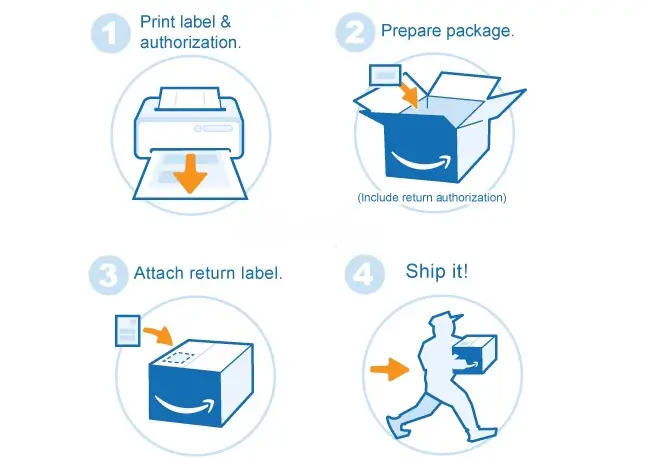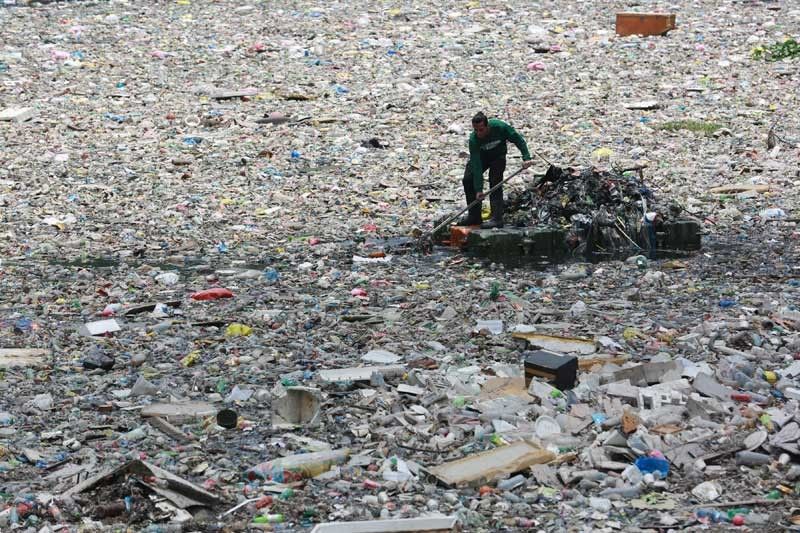Every year retailers
and manufacturers end up with millions of unsold inventory that they are
sending straight to landfill and with apparel they often burn it. In the US, it
is creating 5 billion pounds of waste a year and over 15 million tons of CO2/year. In Germany, 10-20% of the clothes remained unsold which is an
estimated 230 million items each year. The amount of inventory wastes only
grows as retailers like amazon brings more shoppers online, where the rate of
return is 25%, compared to just 9% for the in store purchases.
What is amazon
dong to cut down cut down on wasted inventory and landfills?
A returned Item
takes a very complicated journey to go back to the manufacturer, it goes back
to the distribution center where the goods can sit for a while and they end up
going to liquidators and vendors later they get passed to smaller regional
wholesalers and return to dollar stores, thrift stores, pawn shops, eBay or
flea markets and then they get to the customers. When goods are cheaper and
used, the whole process doesn’t make economical sense, so it is actually
cheaper for the retailers to dispose or throw away the returned materials.
Larger electronic items such as TV has a likelihood of being damaged or getting
damaged as they go through the whole process and thus they end up in landfills
as well.

This expensive
and complicated reverse logistics holds up products being resold or recycled. Most
organizations don’t inspect all the items they sell to check if its resalable
and the efforts they would have to put to resell it, so companies take the easy
route out and destroy it in bulk thus saving time and resources of the
organization. A CBS report indicated that a single Amazon facility sent 293
thousand products to a garbage dump in just first 9 months of 2019.
Amazon launched
Fulfilment by Amazon (FBA) Donations after that in September through which it
gives all of its sellers a choice to donate their damaged and returned goods.
Donation is a default option when they are disposing unsold or unwanted
products stored in amazon warehouses in the U.S and the U.K.
Apparel industry
is a 2 trillion dollar market making it the largest consumer vertical. It has
the biggest problem with excess inventory, almost 30% of its goods never gets
sold this is in part because of the current trend of fast fashion. H&M
reported that in 2018, it had 4.3 billion USD worth of unsold inventory and
most of these inventories ends up in landfills or is being incinerated to make
way for the latest fashions.
The major reason
the reason, these big brands do not want the unsold inventory in the market
after the season gets over is that they don’t want their brands to be perceived
to be low cost. Luxury sellers do not allow their items to be wholesale retail
chains because it would degrade the quality of the brand so once the fashion
season gets over most of the brands choose to incinerate their products as the
brands feel it is more sustainable than dumping clothes in landfills. H&M
recover the energy that is produced during the incineration of the apparels and
use it as input to their power plant.
World vision is
one of the major non-profit organization that help retailers donate their
excess inventory. In 2019 world vision
received 84 thousand pallets of goods which it shipped to 33 countries. These
wastes are mostly sent to secondary markets i.e. Southeast Asia where the garments
are donated or sold at a large discount rates. But these countries do not have
proper infrastructure to deal with goods of this volume so there are heaps of
waste garments piling up in these countries with no proper disposal facility.

Other secondary
markets for unused goods to go are discount retailers like the outlet stores
where unsold and returned goods are sent in bulk, marked and sold again. Some
resellers buy these goods in bulk and they are sold again in Amazon
marketplace.
Amazon
introduced a separate program called Amazon Warehouse, which sells renewed
goods at a discount rate.
How AI can
reduce returns:
Returns are the major reason why the
apparel industry struggles so much with the wasted inventory. “60-70% of the
returns are because of the returns is because of fit or style related issues”
says the CEO of the True fit, a technological company that uses machine
learning to match a customer’s fit and preferences so that it reduces the
returns. Nike has a feature in its app where the camera scans the feet with 13
data points to suggest the right shoe size. Amazon launched prime wardrobe, a
program that lets you try up to eight times before you buy them. Google on an
aggregate level tries to figure out what people in different geographies are
looking for and sells that data to retailers to get their forecasting right.




what according to you will be the scenario during the pandemic
ReplyDeleteInteresting read. I believe apparel companies should look at ways to recycling the unsold inventories instead of dumping and destroying.
ReplyDelete